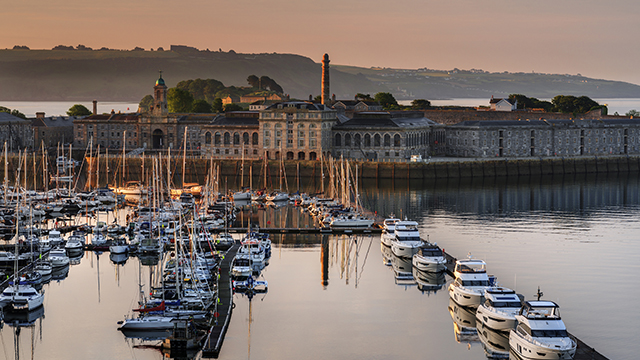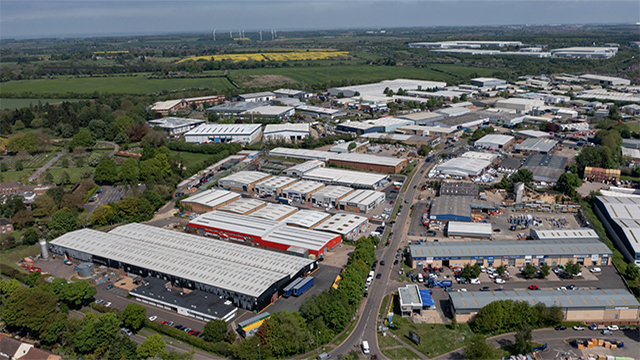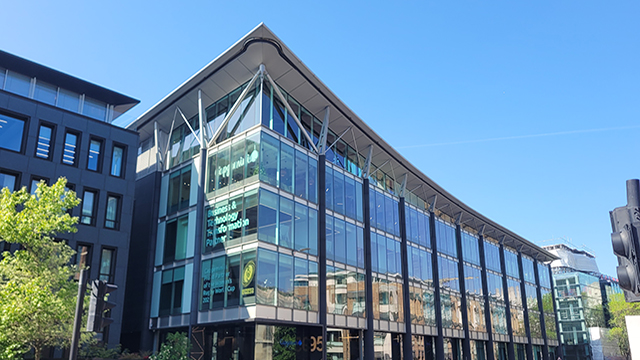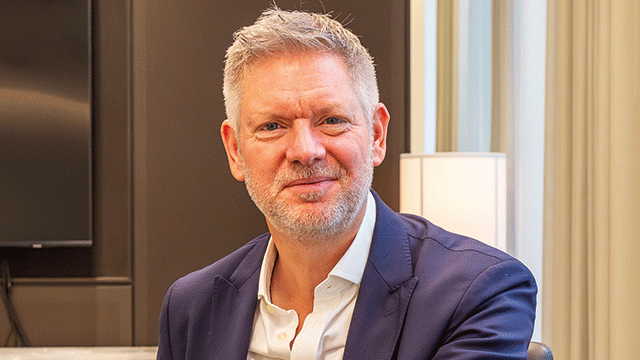The people’s verdict: The importance of our cities’ business communities
COMMENT The way that we live our lives – and our attitude to working patterns and habits – has transformed beyond recognition. But are we also changing how we think about and appreciate the cities that we live, work and socialise in? It seems like it.
In 2019 and 2021, we asked nearly 1,200 people the open-ended and thought-provoking question: What makes a thriving city? That was it. No multiple choice, no boxes to tick. Just tell us, in as many or as few words, what makes a city, well, a city.
For two years running, an overwhelming majority stated it was people that made a city thrive. Having received the same answer the previous year, hearing that a city’s people were still front of mind for responders wasn’t too much of a shock. It felt particularly pertinent after so much separation.
COMMENT The way that we live our lives – and our attitude to working patterns and habits – has transformed beyond recognition. But are we also changing how we think about and appreciate the cities that we live, work and socialise in? It seems like it.
In 2019 and 2021, we asked nearly 1,200 people the open-ended and thought-provoking question: What makes a thriving city? That was it. No multiple choice, no boxes to tick. Just tell us, in as many or as few words, what makes a city, well, a city.
For two years running, an overwhelming majority stated it was people that made a city thrive. Having received the same answer the previous year, hearing that a city’s people were still front of mind for responders wasn’t too much of a shock. It felt particularly pertinent after so much separation.
The big change for this year, however, was the runner-up: business. Two years after we first asked the question and found that it was the 11th most important element, business has now risen to the top of the rankings.
On the front foot
This year’s report found that more than a fifth (22%) of people now rank a healthy business community as a city’s biggest factor for making it an attractive place to live and work. And understandably so. Never has the value of thriving businesses – and the throngs of people they bring into their cities – been so clear for all to see. You could reasonably assume it placed so low down in the rankings previously because, frankly, it never crossed anyone’s mind that a business community would cease to exist in a city centre overnight. And despite having long predicted a shift in working patterns to improve flexibility and enhance wellbeing, the speed at which these changes have come about has been a surprise to most people.
The pandemic has squeezed a trend we expected to see unfold over a 10 to 20-year period into an 18-month window. Employees want to continue to work more flexibly. However, in equal measure, they have also realised just how powerful and important being in a room full of people can be.
Anyone hoping the problem will go away soon is in for a shock. The job of the commercial property sector is to make the offer of a city centre office base too tantalising to refuse. It also means being on the front foot and predicting the next workspace evolution before it happens.
Elements of the ecosystem
What we need to do is make our cities work for the people they aspire to attract and who we routinely agree make them the thriving places they are. In many ways, this is already being done. Bringing pay-as-you-go to the office environment – which fosters collaboration and encourages flexibility – was a crucial step, as is challenging the notion that it’s a binary choice between a city centre desk or a home office.
Developing suburban hubs for remote workers is an often-overlooked piece of the puzzle here. We need to be asking our employees: why work from an office at home, or your kitchen table, if you can have a professional set-up in your local town, as well as a city centre HQ full of colleagues you can collaborate with?
This year’s study unearthed some surprising new insights and confirmed old preferences, too. Retail was again in the top five alongside community. The diversity of a community rose by four places, while a city’s food scene came fifth in both studies.
By asking the question “what makes a thriving city?” we can really get to the heart of what matters most to people, and find out what they want. Cities aren’t just made up of one or two elements. They are ecosystems of numerous elements that make it an attractive place to live and work. That is why it is so vital we support our cities’ food, retail and leisure offerings – as well as its business community – as we look to bounce back from the pandemic in a sustainable way.
Jessica Bowles is director of strategic partnerships & impact, Bruntwood











